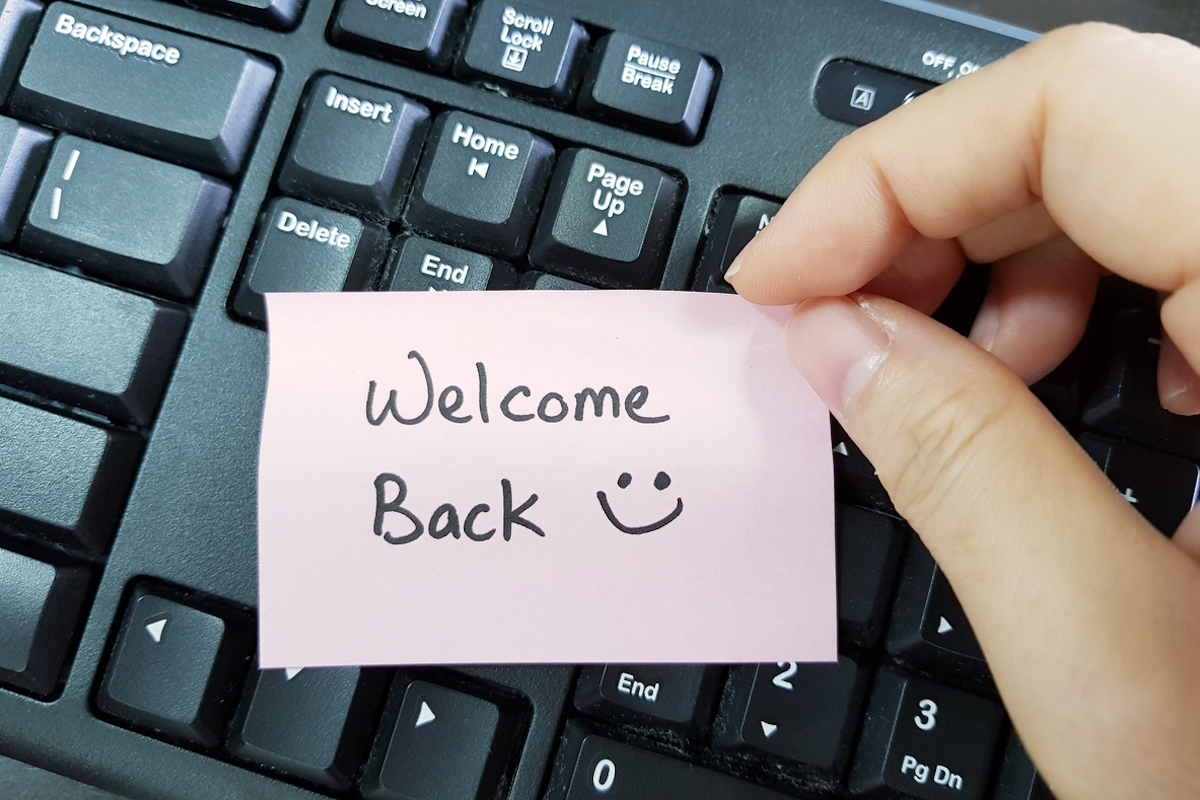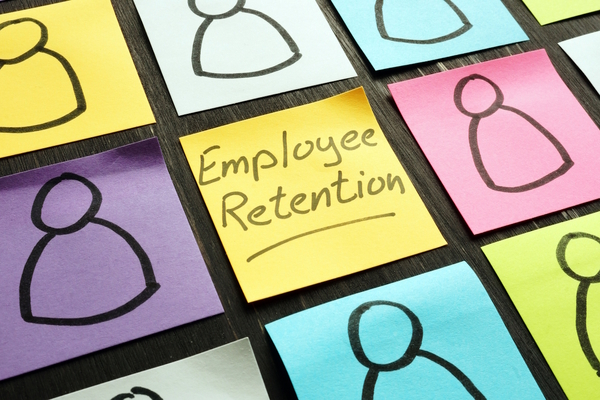Making offices fit for a returning workforce

James Campanini at Logitech for Business argues that outdated offices are failing return-to-office policies
To return to the office or sustain a remote team is one of the most hotly debated topics in the last five years – presenting one of the most significant workplace shifts since the move to digital.
Companies are struggling with the challenge of striking a balance between remote and in-office work, while strict return-to-office (RTO) mandates are failing to deliver the intended results. Despite many assuming that the COVID-19 pandemic was the advent of hybrid working structures, in reality, many businesses had already been operating with reduced in-office workforces before the pandemic accelerated moves to fully remote working.
As a result, it’s been more than five years since most offices have had to accommodate a full workforce daily. So, while these RTO policies are designed to boost collaboration, productivity, and company culture, they often fall short because they overlook a fundamental issue: most office spaces just cannot accommodate a full workforce.
Why workspaces no longer fit today’s needs
Many office spaces were designed in a time before today’s flexible, hybrid work culture. Employees returning to in-person work often find themselves in outdated environments that no longer serve their needs.
A recent study found that 68% of remote workers are resisting RTO mandates, with inadequate office environments suggested as a key reason. Open-plan layouts, for example, were initially designed for collaboration, but they now contribute to increased noise levels, sensory overload, and distractions that hinder productivity.
For employees accustomed to the autonomy of remote work, the transition back to the office can be difficult. A lack of quiet spaces, poor video conferencing setups, and rigid seating arrangements only make the challenges more obvious.
Instead of promoting engagement, these office environments can cause frustration and disengagement, undermining the benefits of RTO policies. Rather than strengthening company culture, poorly executed RTO policies can drive talent away, with employees seeking out organisations that offer greater flexibility and more intelligent workspace design.
Employee expectations have changed
Despite popular belief, hybrid work is not a new phenomenon. Even before the pandemic, many organisations had adopted flexible work arrangements. What has changed, however, is the way employees now perceive work-life balance and productivity. The forced shift to remote work during Covid reshaped expectations, making flexibility a non-negotiable rather than a perk.
UK companies are struggling to revert to pre-pandemic office norms, as employees resist the push for full-time office attendance.
The problem is that many workplaces have not evolved to reflect these new realities. Rather than rethinking office design and work culture, they have treated RTO mandates as a silver bullet, thinking that simply bringing employees back will boost collaboration and innovation.
However, this overlooks the major undertaking required to make in-office work effective. Rigid RTO policies are not a quick fix for company success; without adapting office spaces and workplace structures to support flexibility, these mandates risk being counterproductive. As a result, many businesses are finding that enforcing attendance alone does little to drive the engagement and productivity they were hoping for.
Creating workspaces for a hybrid future
To make RTO policies effective, companies need to be focusing on meaningful workplace transformation. Offices should be built around a hybrid-first model, with spaces that work for both in-person and virtual collaboration. This means incorporating dedicated quiet zones, adaptable set ups, and strategically placed collaborative spaces to help mitigate distractions and allow employees to work more effectively.
Equally important is investment in technology. Seamless integration between in-office and remote work ensures that all employees, regardless of location, can fully participate in meetings and daily operations. 52% of hybrid workers feel poor office technology has contributed to workplace inefficiencies.
Without the right digital infrastructure, collaboration becomes more complicated, making hybrid work feel more like an obstacle than an advantage. Businesses need to prioritise technology that not only facilitates connectivity but also streamlines workflows.
Beyond technology, companies should be prioritising employee well-being by providing ergonomic workstations, implementing smart systems to manage air quality and temperature, and introducing policies that promote a balanced work experience. A well-designed office should not only encourage productivity but also enhance overall job satisfaction.
Forcing employees back into outdated office spaces is not the solution to hybrid work challenges. The goal should not be to fill desks but to create workspaces that enhance collaboration, engagement, and productivity. By taking a hybrid-first approach and designing offices that genuinely support employees, businesses can ensure that their RTO strategies lead to success, rather than frustration.
The office needs to be a destination, not a requirement, and employees should feel that coming into the office is valuable, not an obligation. Providing spaces that encourage collaboration, innovation, and social connection will naturally result in in-office attendance, rather than mandating it.
James Campanini is Head of Logitech for Business
Main image courtesy of iStockPhoto.com and celiaosk

Business Reporter Team
Related Articles
Most Viewed
Winston House, 3rd Floor, Units 306-309, 2-4 Dollis Park, London, N3 1HF
23-29 Hendon Lane, London, N3 1RT
020 8349 4363
© 2025, Lyonsdown Limited. Business Reporter® is a registered trademark of Lyonsdown Ltd. VAT registration number: 830519543





